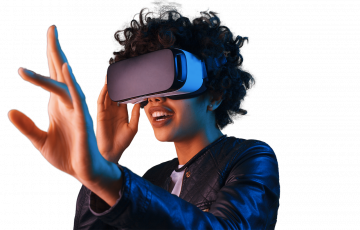Literature Circles: An Introduction
What are Literature Circles? Literature Circles are small groups of students reading and discussing the same book (AKA reading groups, book groups, or book clubs). One of the main goals of lit circles is for students to enjoy reading and engaging in “open, natural conversations about books” (Daniels, 2002, p. 18). During lit circles, the […]
Playdough for Everyone
Playdough is a tactile educational tool that can be used as a way to incorporate creativity and kinesthetic learning into lessons. It is inexpensive and easy to make using available kitchen ingredients (flour, salt, water & oil). Playdough can be used throughout the curriculum for all ages: it can be an effective form of experiential […]
Taking a Class Temperature
Taking a class temperature means checking in with students to see how they are doing. By checking the emotional temperature of the students (ex. seeing how students are feeling, their energy level, etc.) teachers can better understand what their students need and what they are capable of doing in that moment. In this way, teachers […]
Embodied Learning: physical engagement and digital tech integration
Embodied, for our purposes, means that the learner has initiated a physical gesture or movement that is well-mapped or linked to the content to be learned.
Teaching Critical Media Literacy Skills
Canada’s 18th Media Literacy Week took place from November 23 to 27, 2023. The BC curriculum incorporates media literacy throughout the K-12 curriculum in many subject areas such as English Language Arts, Social Studies, visual arts and drama. For more details on the integration of media education in K-12 BC curriculum, visit MediaSmarts. […]






